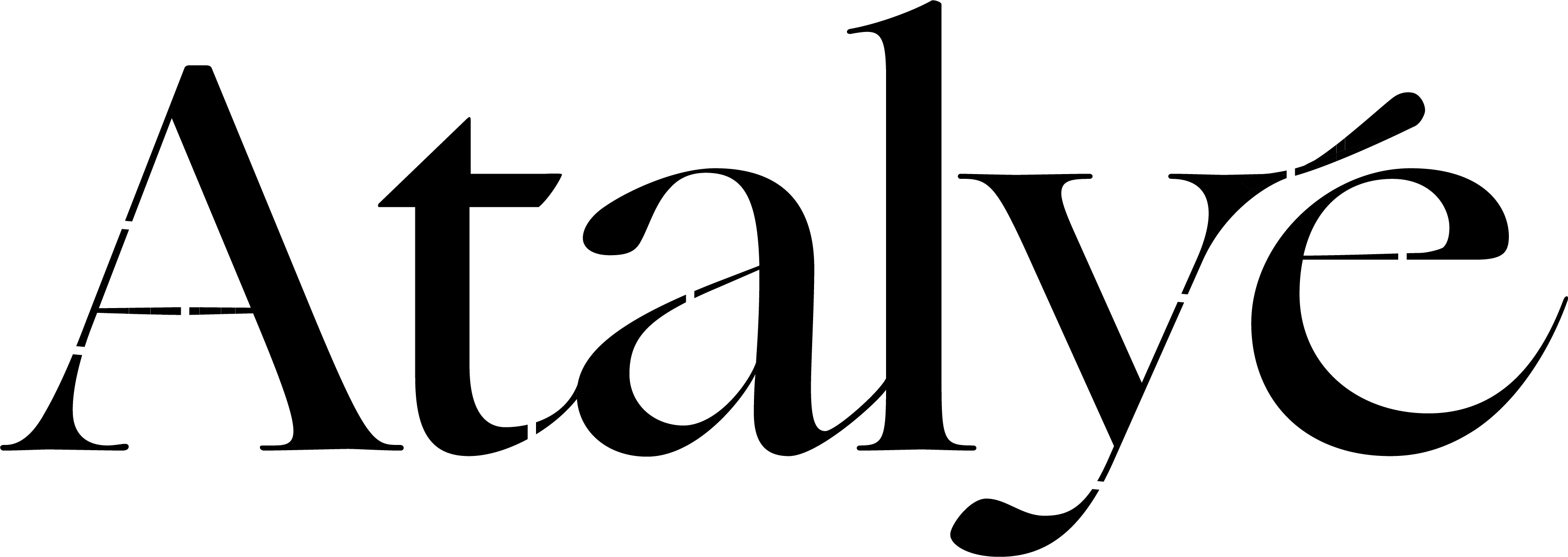What is 'good' or 'bad' fit? What are the consequences on our well being?
From week 1’s article, we have established that sizing and fit is one of the main cause for an individual to discard their garment. In last week’s article, we understood that the traditional sizing system was obsolete today. Brands and manufacturers have to now make their own size charts based on unknown variables which results in inconsistent sizes.
The inconsistent sizing causes frustration and can even hinder our self-esteem for customers during the purchase experience.
We are going to focus on this topic this week. What do we consider good fit or bad fit? How does poor fit affect our self-image and even self-esteem?
The fit of a garment is commonly defined as the relation of clothing to the body in terms of size and contour. Consumers refer to good fit in garment when clothing meet their desired tightness, length depending on their body’s height and build and clothing type. Additionally, individuals consider a garment well fitted when the clothing both looks good and feels comfortable on their bodies. From previous research, it has been established that consumers believe that well-fitted garments revealed their body’s definition and curves in an attractive and socially appropriate way, hid flaws on their body, and made them appear slimmer or taller. Good fit is commonly understood as garments the right size of individual’s body or one size bigger.
On the other hand, bad fit is seen as garments too small or too big on certain parts of their body. Additionally, bad fit is considered by consumers as clothing that emphasizes unintended body parts and makes them look wider and fatter.
When a garment does not fit well a woman’s body, she tends to blame her own body rather than the article of clothing, which contributes to low self-image and overall hinders her well-being. However, well-fitted garments positively affect the consumers’ confidence, self-esteem, and overall psychological and social well-being.
Size and fit matters. It matters not only because it’s causing a lot of environmental waste within the industry. It matters also because it affects the way we view ourselves and feel about our bodies. How come we get excited when we surpassingly fit into a smaller size than usual? How does this number have so much power over our self-worth as women? The smaller the number, the “prettiest” you are?
At atalyé, we really challenge this believe. We want our women to take as much space as they need. Be YOUR size. You don’t need to be a small number. You are what you are. Your body is a certain size, yes. It will most likely change throughout your life because that’s what it needs to take care of you. But let’s not spend too much time on that. We have so much more to do in life than to worry about this number. You are so much more than your body. So don’t be too hard on yourself. Just notice when you pay maybe a little too much attention to the size you wear and think about all the other absolutely amazing things you could spend your energy on. 💕
Sources:
Alexander, M., Connell, L. J., Presley, A. B. (2005). Clothing fit preferences of young female adult consumers. International Journal of Clothing Science and Technology, 17(1), 52-64.
Anderson, L. J., Brannon, E. L., Ulrich, P. V., Presley, A. B., Worondka, D., Grasso, M. & Stevenson, D. (2000). Understanding fitting preferences of female consumers: Development of an expert system to enhance accurate sizing selection. National Textile Center Annual Report, 98(8), 1-10.
Chen, C. (2007). Fit evaluation within the made to measure process. International Journal of Clothing Science and Technology, 19(2), 131-144. Retrieved from https://www.researchgate.net/ publication/235263156_Fit_evaluation_within_the_made-to-measure_process
Heaton, L. M. (2000), Setting the stage: the consumer viewpoint. Consumer Fit and Industry Sizing: Aligning Vision and Reality, special topics session presented at the Annual Meeting of the International Textile and Apparel Association (ITAA), Cincinnati, OH.
LaBat, K., & DeLong, M. (1990). Body cathexis and satisfaction with fit of apparel. Clothing and Textiles Research Journal, 8(2), 43-48.
Shin, E. (2013). Exploring consumer’s fit perceptions and satisfaction with apparel fit in general. Retrieved from https://lib.dr.iastate.edu/cgi/viewcontent.cgi?article=4191&context=etd


0 Comments
There are no comments yet. Be the first one to post one!